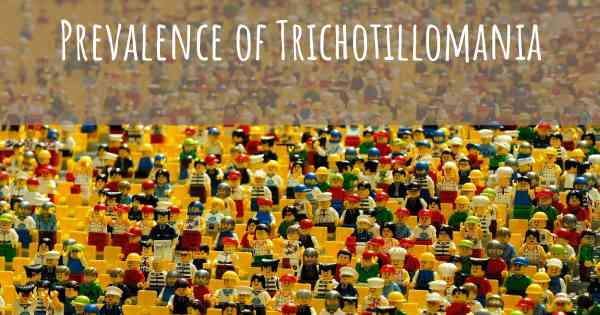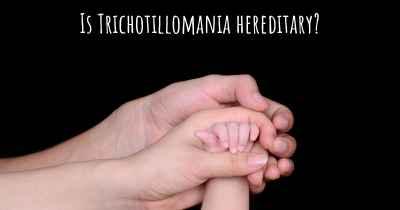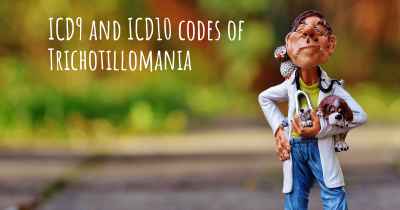What is the prevalence of Trichotillomania?
How many people does Trichotillomania affect? Does it have the same prevalence in men and women? And in the different countries?

Trichotillomania is a psychiatric disorder characterized by the recurrent pulling out of one's own hair, resulting in noticeable hair loss. It affects both children and adults, with a higher prevalence in females. According to research, the estimated prevalence of trichotillomania is around 1-2% of the general population. However, due to underreporting and misdiagnosis, the actual prevalence may be higher. Trichotillomania can have a significant impact on an individual's quality of life, and seeking professional help is crucial for diagnosis and treatment.
Trichotillomania is a psychiatric disorder characterized by the recurrent pulling out of one's own hair, resulting in noticeable hair loss. It is considered a chronic condition that often begins in childhood or adolescence and can persist into adulthood. The exact prevalence of trichotillomania is difficult to determine due to underreporting and misdiagnosis, but studies suggest that it affects approximately 1-2% of the population.
Trichotillomania is more common in females than males, with a female-to-male ratio of about 3:1. It can have a significant impact on an individual's quality of life, causing distress, social impairment, and functional impairment. The disorder is often associated with other psychiatric conditions such as anxiety disorders, depression, and obsessive-compulsive disorder.
Early detection and intervention are crucial in managing trichotillomania. Treatment options include cognitive-behavioral therapy (CBT), habit reversal training, medication, and support groups. CBT, in particular, has shown promising results in helping individuals gain control over their hair-pulling behaviors.
It is important to raise awareness about trichotillomania and provide support for those affected by the disorder. With proper understanding and treatment, individuals with trichotillomania can lead fulfilling lives.
Posted Aug 10, 2017 by Lucyeleanor2601 2620
Posted Aug 10, 2017 by Shirley 2150
Posted Aug 10, 2017 by Ellen 2161
As many as 4 percent of people may have trichotillomania, according to the National Institutes of Health, and the condition is four times more common among women. The disorder is usually first seen before people reach age 17. Trichotillomania(TTM)Awareness and other Facebook groups were created to help encourage others suffering the same.
Posted Oct 19, 2017 by Felicia@Face2FaceSpa 2000
Posted Oct 20, 2017 by Sari 2050
Posted Oct 20, 2017 by bennersk 2190
It's more common in women than men.
Trichotillomania is 7 times as prevalent in children as in adults, with the peak prevalence between the ages of 4 and 17 years.
Posted Jan 27, 2018 by Vee 2770








